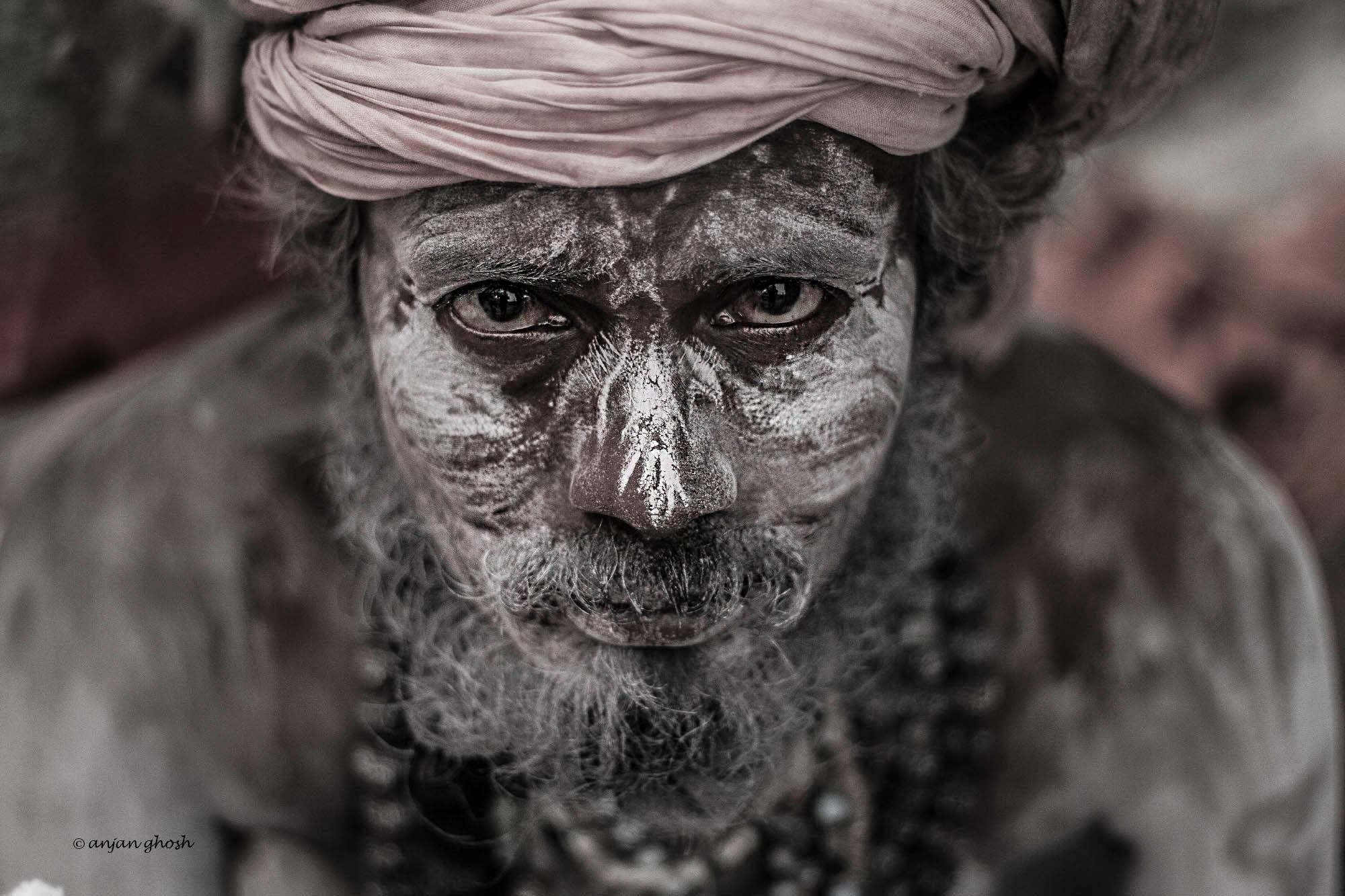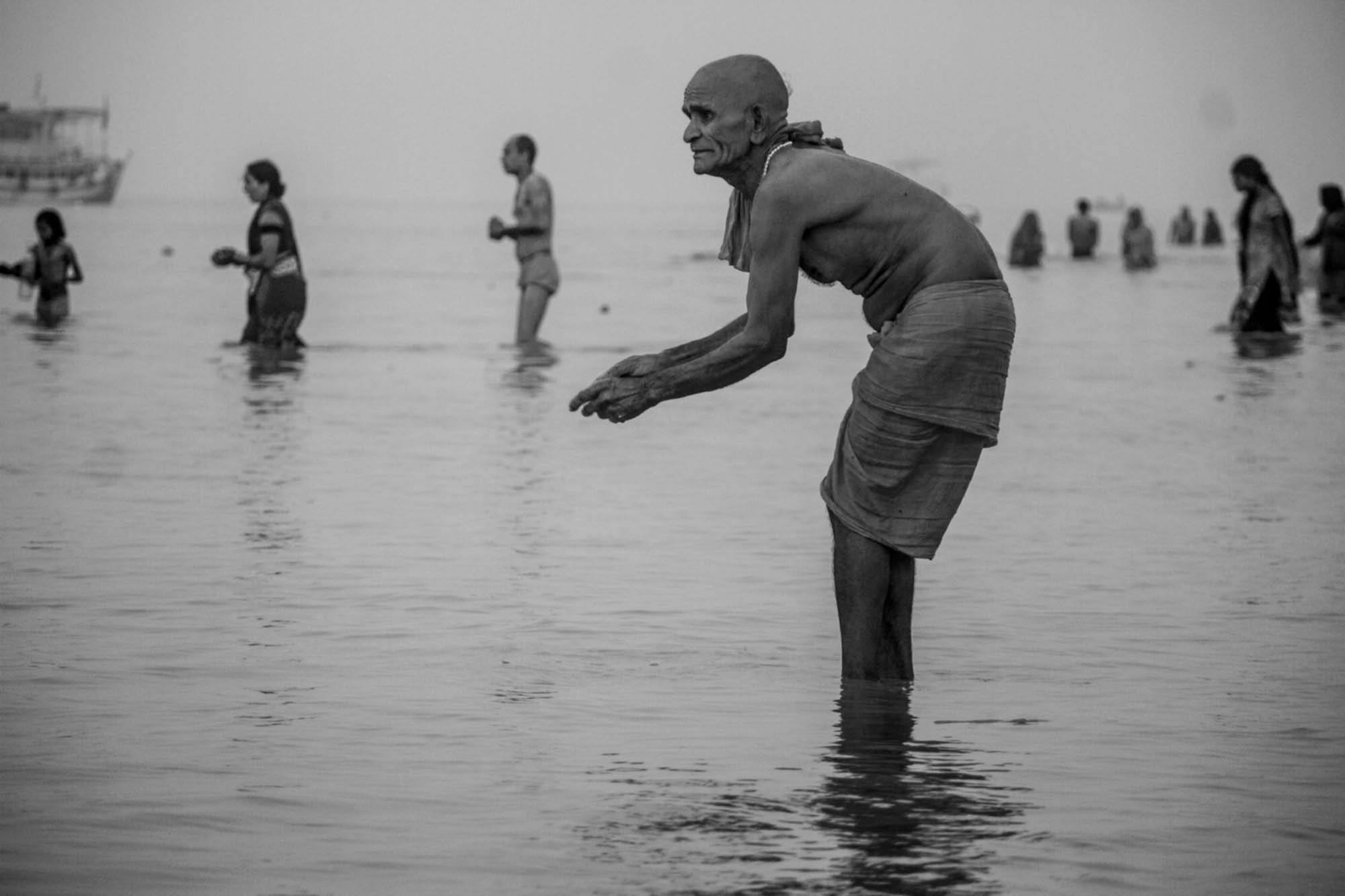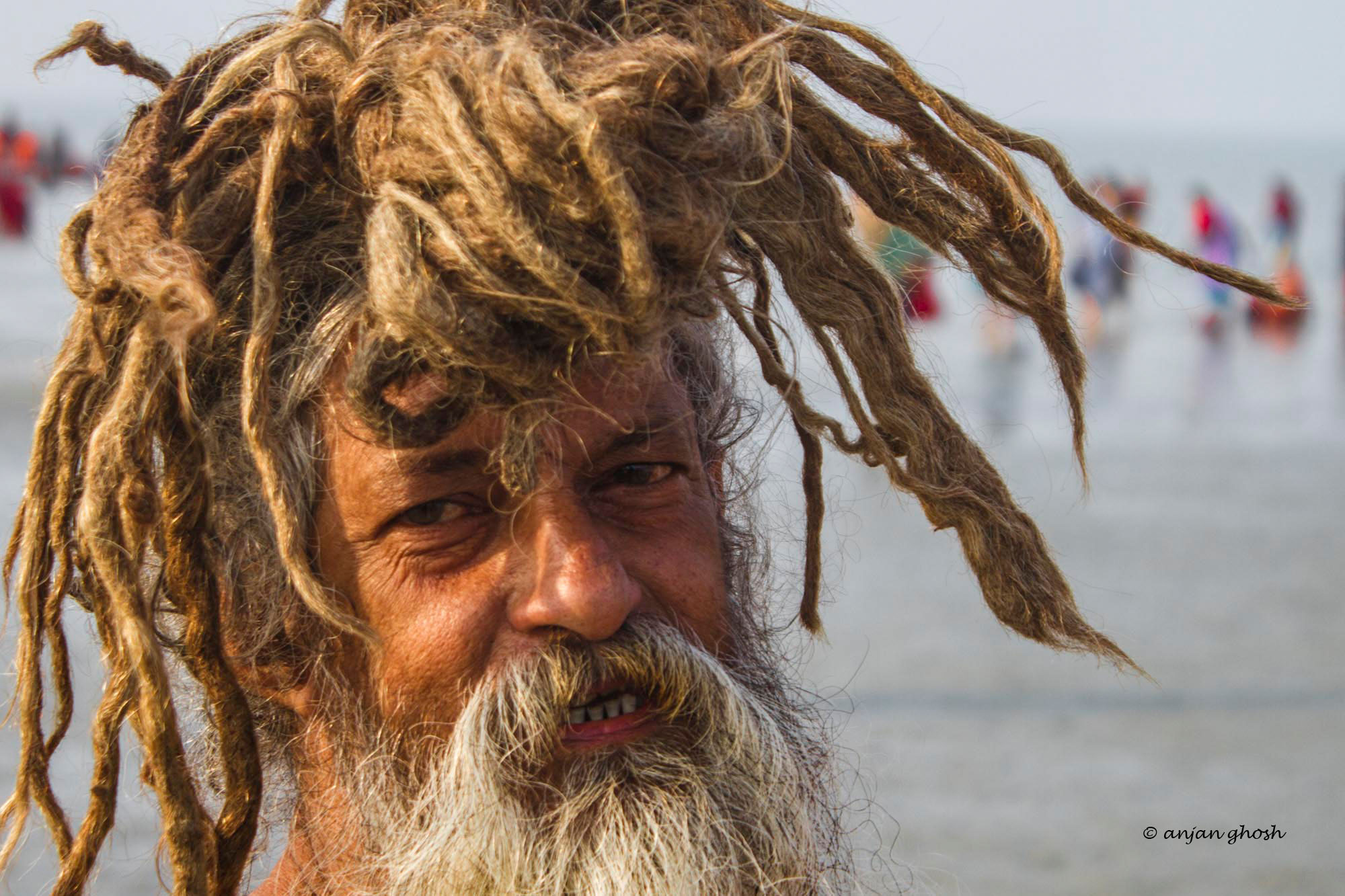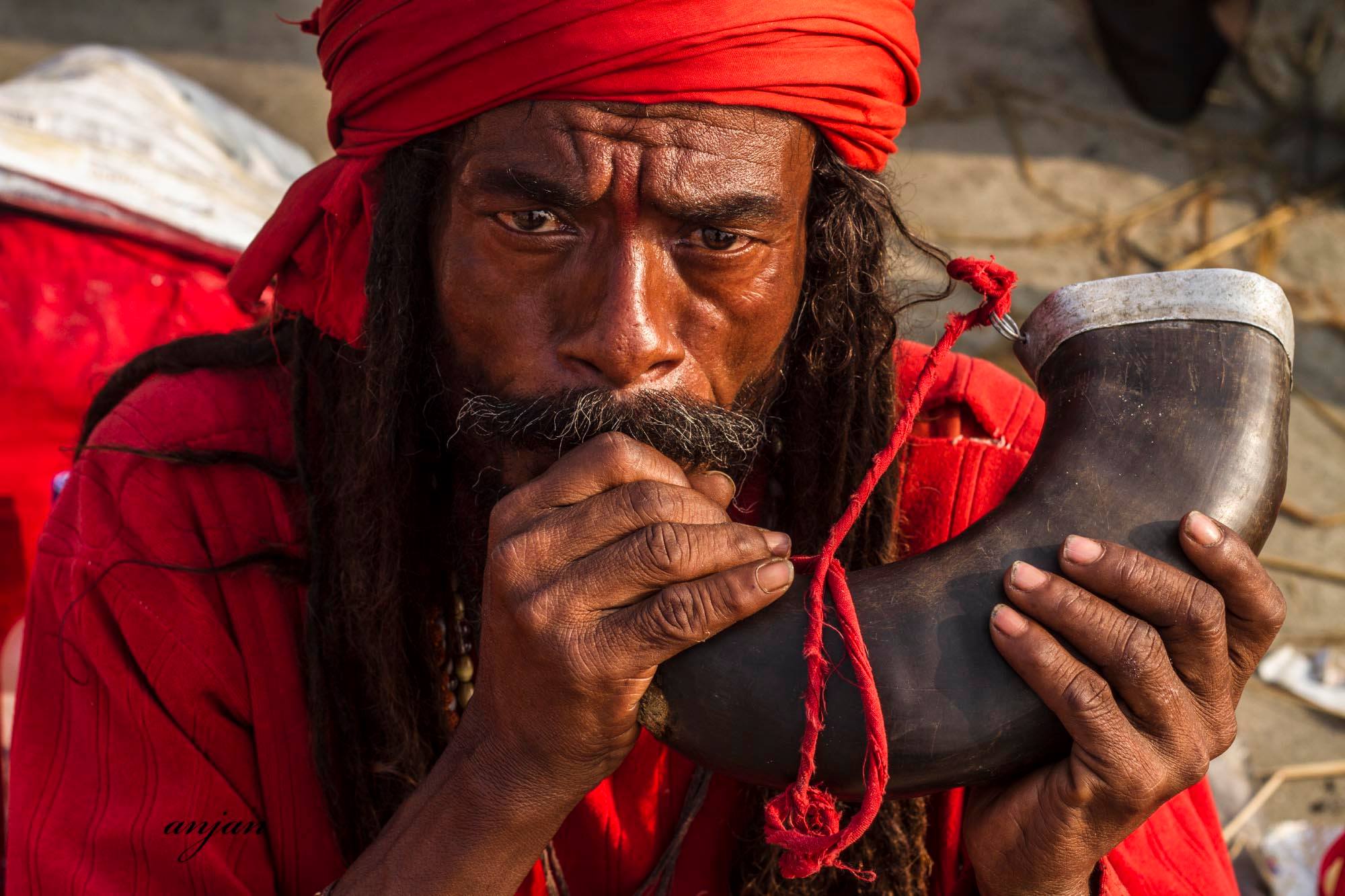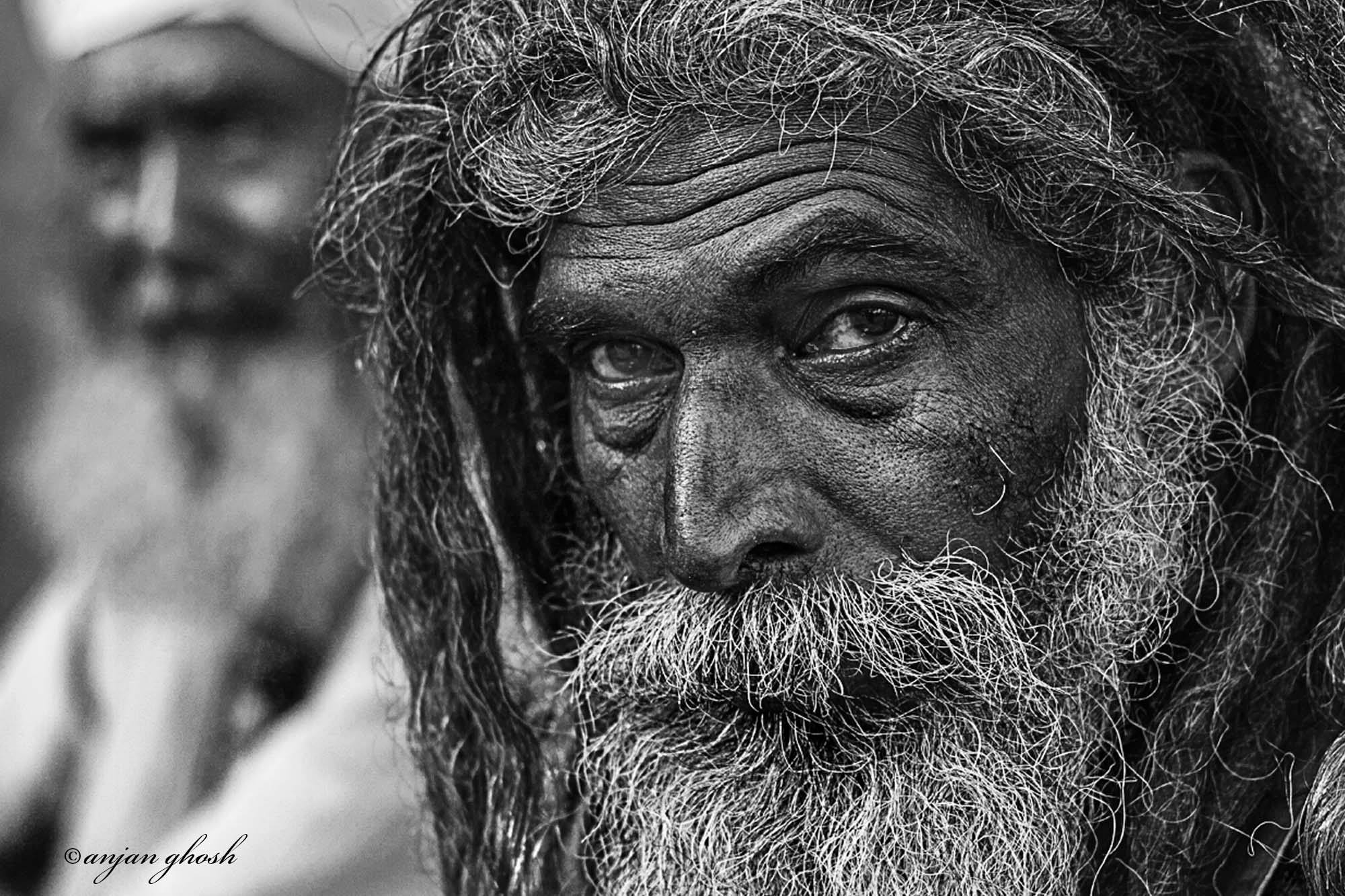PILGRIMS TO GANGASAGAR is an annual holy event in India.
“It is the second largest congregation of mankind.” —Photographer Anjan Ghosh
Article by Mina Thevenin
Photography by Anjan Ghosh
Gangasagar pilgrimage and fair is the second largest congregation of mankind in the world after the holy Kumbha Mela, which is held once every 12 years at alternate locations in north, central and central-west parts of India. Kumbha Mela, last celebrated in 2013, marked 120 million pilgrims (1). Because the Gangasagar pilgrimage and fair is yearly, “that makes Gangasagar all the more distinctive,” says Photographer Anjan Ghosh.
Every year in January, in 2016 the festivities centered upon January 15th—the day of Sankranti Makar (when the sun “moves into the northern hemisphere”)—is a time in which hundreds of thousands of Hindus gather through pilgrimage. An estimated nearly one million pilgrims converged this year for the Gangasagar pilgrimage(2). The area is home to over one hundred million Muslim and Hindu peoples who live along the waterways which are shared by the two countries of India and Bangladesh: the Ganges Delta. The pilgrims converge in the Kapil Muni Temple where they offer prayers, or puja, and make a most sacred and holy dip into the confluence of both the river Ganges and Bay of Bengal on Sagar Island’s southern tip.
Hinduism is the third largest religion in the world and it is the oldest. According to David Levinson, Hinduism consists of “thousands of different religious groups that have evolved in India since 1500 BC.”(3) A 2010 global census composition by country found that there are an estimated one billion Hindus in the world. The largest concentrations are in India (79.5% of 1,224,610,000 people are Hindu), Nepal (80.7% of 29,960,000 people are Hindu) and Bangladesh (9.1% of 148,690,000 people are Hindu). (4)
RIVER GANGA
PILGRIMS TO GANGASAGAR hold sacred a common and binding tie, a tie that binds many world religions: water. For Gangasagar Pilgrimage the water is from the River Ganga. From high in the Himalaya Mountains begins the source. The Gangotri glacier is 1,560 miles (2,510 km) away; this is Ganga’s origin. It flows from its start in a south-western direction and then begins to flow in a south-eastern direction through the plains of northern India, through many pilgrimage sites until it finally reaches the Bay of Bengal(5). At the Sagar Island, the site of the Gangasagar Pilgrimage, the River Ganga scatters into hundreds of streams. “ A dip in the ocean, where the Ganga drains into the sea is considered to be of great religious significance particularly on the Makara Sankranti day when the sun makes a transition to Capricorn from Sagittarius and this town becomes home to vast fairs, drawing visitors and recluses from all over the state.” (Gangasagar Fair @ http://religiousportal.com/GangasagarFair.html)
India is a country with a rich history of religion and customs. Pilgrimages are a usual and extraordinary practice. With the River Ganga being the holiest of rivers for Hindus, the extraordinary is an opportunity to wash away sins and obtain salvation. This practice is not just held for one day a year, but it is believed by some that ritual bathing in the Ganga at any time is healing and forgiving.
Amidst political strife in India’s neighboring country Nepal, over Nepal’s new Constitution(6) and a growing concern of violence escalating—beyond the already increasing abuses of human trafficking of thousands of children across the Indian and Nepalese shared borders (7)—the sun transitioned to Capricorn as the 15th of January has come and gone. PILGRIMS TO GANGASAGAR make their journey home. Cleansing waters continue to flow from the source of the Gangotri glacier from 1,200 miles away in the Himalayas. India’s Mahatma Gandhi said, “The best propaganda is not pamphleteering, but for each one of us to try to live the life we would have the world live.”(8) As we approach the anniversary of Gandhi’s assassination on January 30 (1948)—INDIA, home to one of our world’s greatest peace-keeper’s—we ask, what is the pulse of India and the world today, and how do we keep it beating to a healthy rhythm? PILGRIMS OF GANGASAGAR remind us of our shared tenacity: determination, mindfulness, compassion and forgiveness. This is the pulse of the human spirit.
EDITOR’S COMMENTARY: I write this article as a free woman in a free world in a democratic society. There is human trafficking in my city and political unrest in my country and in our world. The heart beat of one’s life begins in self and for each of us, this collective beat becomes the pulse in the world. As I reflect on my own pulse…I ask you, what is your’s as we make our way with the pilgrims to Gangasagar….
1. Kumbh Mela Festival: World’s Biggest Religious Festival. CNN. WEBSITE
2. Ganga Sagar Snan 2016 – January 15 (Friday). Festivals of India. WEBSITE
3. David Levinson, Religion: A cross-cultural dictionary (Oxford University Press, 1998).
4. Pew Research Center: Religion and Public Life http://www.pewforum.org/ WEBSITE
5. THE GANGES-BRAHMAPUTRA RIVER SYSTEM. India. Britannica WEBSITE
6. Why India is concerned about Nepal’s constitution. (September 22, 2015) WEBSITE
7. Eleanor Goldberg, Editor. Hundreds Of Children In Nepal Are At Risk For Trafficking After Earthquake. Here’s Who’s Helping. Huffington Post. (June 22, 2015) WEBSITE
8. Johnson, Richard L. Gandhi’s Experiments With Truth: Essential Writings By And About Mahatma Gandhi, p. 106
About
Photographer Anjan Ghosh
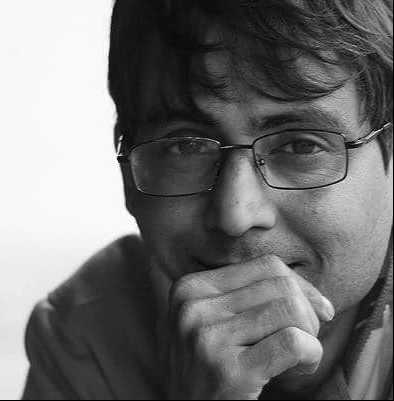
Anjan Ghosh was Photography World’s first featured photographer on January 01, 2015, when we went live with our inaugural publication. Enjoy more of Anjan’s photography porfolio and article…
Article Behind the Face
Anjan is also published in the print book Photography World 2015, Volume I available on our Shop Page & Amazon Books.



